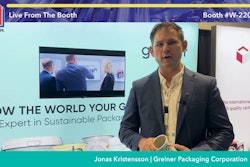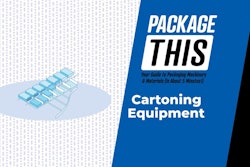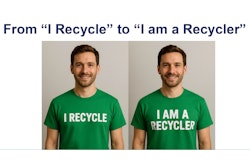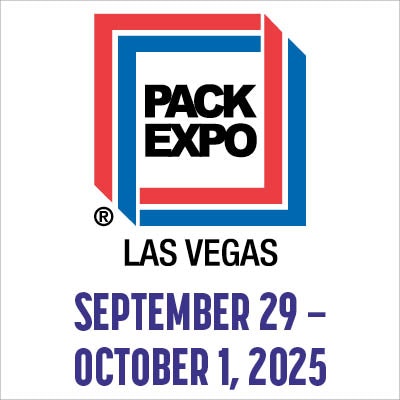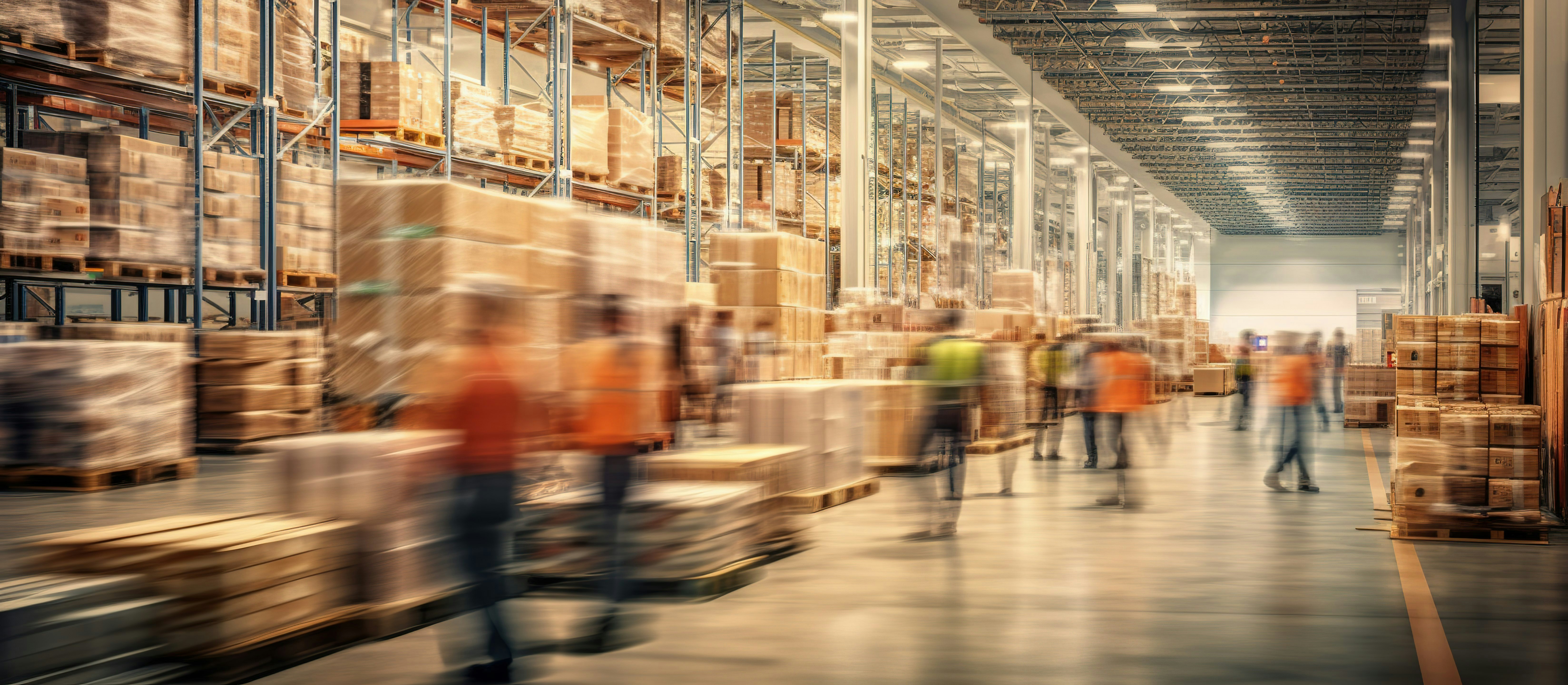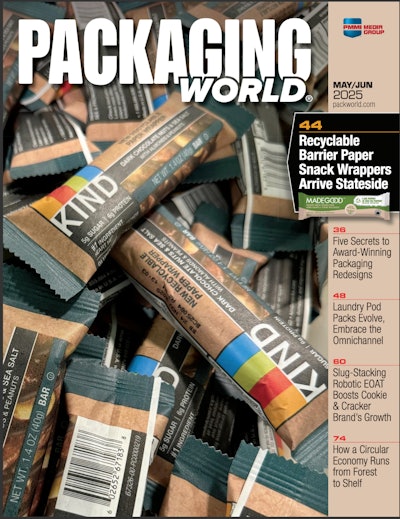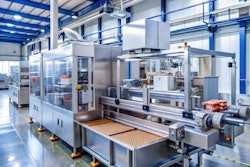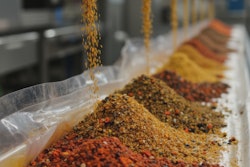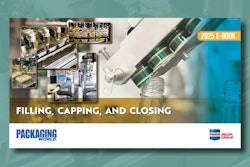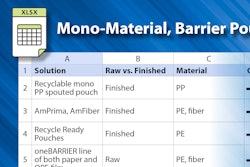Hi, I'm Harley Green, Vice President of Strategic Accounts here at Occipital AI. Here at Occipital AI, we do AI based vision solutions for the food industry.
So, one way that we differentiate what we do with AI from what most people think about AI with large language models and chat GPT is we actually take a customer's product with any defects, if we're doing defect detection or inspection And we actually, create a 3D model of the customer's product.
What we do is we then turn that into a synthetic item in a digital world that really allows us to train Hundreds of millions of different variations of that product with automatically labeling those images, which really allows for a very quick, easy turn process, and is very different from going in and having to manually label these, these images.
In, you know, ways that people do this currently, they actually have to go in, they have to say, okay, out of these ten images, this one identified this incorrectly, I gotta mark, make a mark on that. It becomes very cumbersome, and generally what happens is when you start doing that, you run into this whack a mole problem.
Alright, I fixed this one problem, but that created another problem, and now I have to go in and I have to further train, and further train, and I have to do it manually. With our solution, we do it automatically in a synthetic world, and then what we do is we validate that performance against real world customer product.
And it, we don't learn over time, usually when a system goes into production. And it is validated and running. You don't want anything to change and we don't do that. Everything is prebuilt, pre trained. Deployed in a customer environment and runs robustly. So it's very interesting. When you think about food in general, there is an infinite amount of variation that can happen in a baked good, right?
Because it, you know, it bakes, it rises, it expands. When you think about produce, it's a natural, uh, grown product. It can come in any shape, size, deformation. When you think about, you know, any protein, right? You can have, if you're looking at protein, poultry, for example, You can have chickens that are five and a half pounds that get processed on Monday, and you can have birds that are eight and a half pounds on, on really, you know, Friday.
So, there's this massive variation that you see in in the food space. Doesn't really matter. We can account for all of that. The food space is a very unique space where AI is especially valuable because of all that natural variability you see. And when you want to actually look at defects, you take this sort of infinite amount of variability that you already have in a product, and now you really extrapolate that for any defect that you see that can show up anywhere, any way, any size.
So really, anything in the food space is a great fit for our solution. You know, we can identify defects on something. Like a burger patty, a raw burger patty. We can see if there are cracks, if there are missing pieces of meat. Really it's all about a high quality product going out the door at the end of the day and we can help insure that for these manufacturers.





